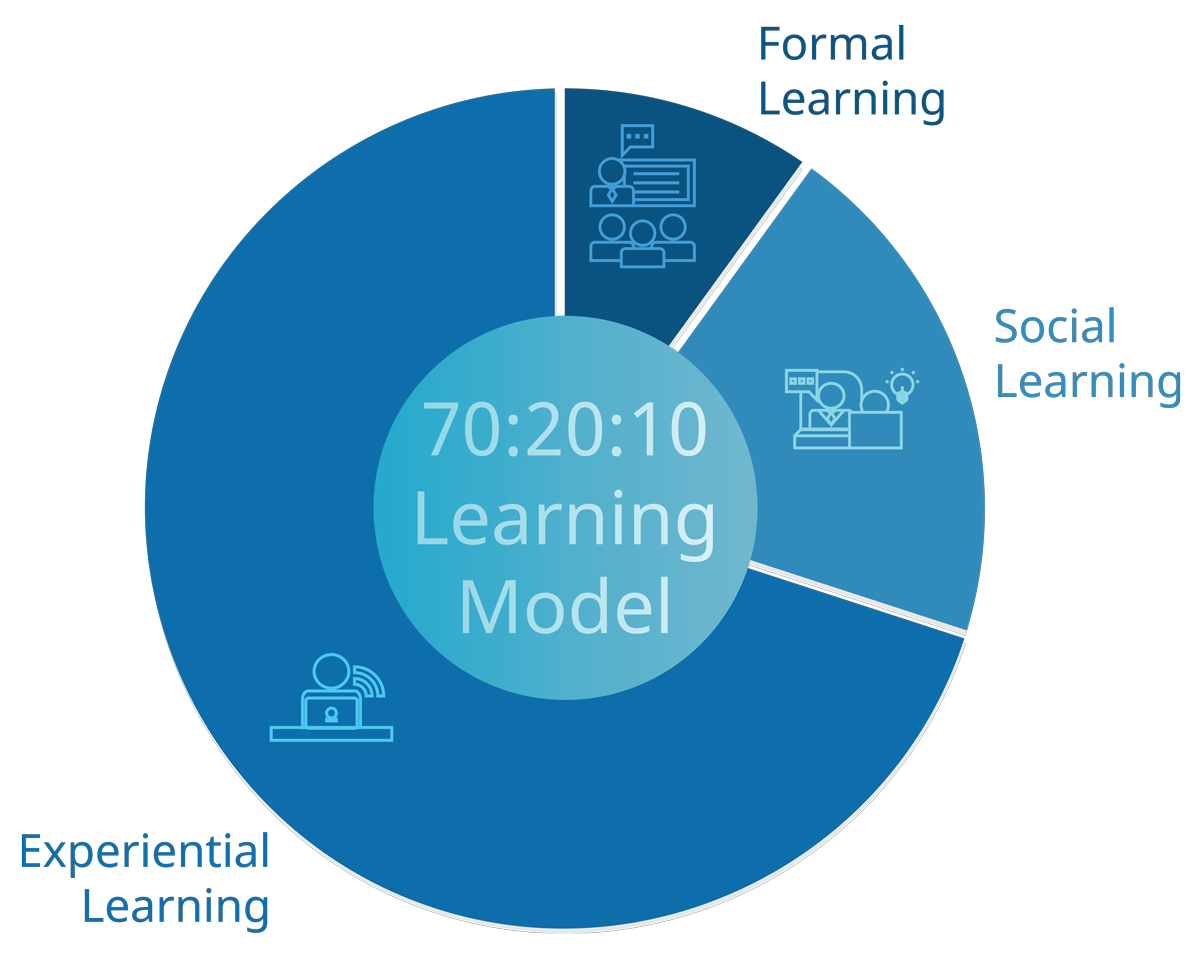BY AMY COOLEY

As an employer, you know your job is never done when it comes to compliance and paperwork for your employees. Last month, I shared the top things you need to have in your tool kit this year with the promise of more tips to come, which you can find here. The wait is over for part two of our round-up to keep you up on every stage of the employment lifecycle.
Stage 1: Recruitment
Behavioral-Based Interviewing
Behavioral-based interviews ask candidates to describe examples of how they have handled certain types of situations in the past. We all have a pretty good sense that people don’t tend to change their behaviors very much over time, at least once they become adults. Asking these questions about past experiences will give you a pretty good idea of how the candidate might handle a similar situation once they join your team.
It’s important to be consistent with all your candidates for the same position, so write out your questions in advance to help you stay on course. To come up with your behavioral-based interview questions, think about the work environment and situations the person in this job would need to handle well to be successful. Look at the key responsibilities involved in the position and focus your questions on relevant scenarios.
Here are some examples of behavioral-based interview questions:
- Tell me about a time when you had to quickly change course.
- Can you give me an example of a time when you had to work with a difficult client and how you handled it?
- Describe a time when you found a solution to a problem at previous place of employment.
Training
Remember the 70-20-10 model for learning and development (rooted in the 1988 research of the Center for Creative Leadership). Whether you know all about it, or this is the first time you’ve heard the term, I suspect it will ring true with your own experience once you know it. So, what is 70-20-10? Simply put, it’s a balance of the ways we learn best. The research shows that people (like your team members) learn the most—about 70 percent—by DOING; next—about 20 percent—by EXPOSURE; and only about 10 percent in FORMAL TRAINING.
 Stage 3: Management
Stage 3: Management
Handling Conflict
Creating a harmonious culture
Make Thoughtful Hires: Consider both experience and skillset, as well as soft skills and cultural fit.
Build Community: Get to know each other, share common experiences, and create positive interactions.
Communicate: Transparency and receptiveness foster trust and employee engagement.
Write Clear Policies: Having policies and behavioral guidelines in plain and direct language will make it easier for the whole team to recognize your expectations, as well as making it easier for you to address issues when they arise.
Engage: The more engaged you are with your team, the more successful your open-door policy will be. And the better you know your team, the more your “Spidey senses” will tingle at the earliest signs of discord.
Address If Necessary
Be Direct: Openly state the causes of the conflict, the behaviors contributing to the issue, the negative impacts of the conflict, and equally important, the desired result of the intervention.
Don’t Assume: While it is necessary to be direct, it is also important not to make assumptions about perceptions, motives, intentions, or beliefs. Ask questions. Listen to all sides. Do your best to be fair.
Get Face to Face: Emails, texts, even letters, are generally not a great way to resolve conflict. In addition to being impersonal, they don’t allow for conversational flow, and much nuance can be lost in translation. The sensitive nature of conflict resolution requires an approach with less distance.
Stay on Topic: It’s important to focus on the issue at hand. Address specific behaviors rather than personal differences and avoid insults and old arguments.
Stage 4: Retention
Employee Engagement
Share the Mission. Do you have a mission statement? Does your team share your vision? More and more surveys show employees are looking for meaningful work. Communicate your mission and why you believe in it. Share your passion for what you do and why you do it.
Share Your Questions. Employee surveys are a great tool in your employee engagement plan. The best way to find out what’s working and what’s not, what people care about, and ultimately, how engaged they are (or aren’t) is to ask.
Share Experiences. Keep the lines of communication open. Talk to each other and get to know each other. If the only time you reach out to your team is when you need to make a change, provide feedback, or post a company memo, that’s the bare minimum of engagement. Spend time together (virtually if need be). Shared experiences build relationships, and relationships help workers feel connected to the team and the company.
Share the Load. Today’s worker wants to feel part of a team and to know they are contributing in a meaningful way. Great workers want to learn and grow, take on challenges and be part of solutions. One of the top things prospective employees look for in a new company or new job is development potential—will they be able to grow at this company, or how will this job help them with their career goals?
Share the Love. Workers want to be recognized for their good work and valued for their contributions. From regular feedback to rewards and recognition, employees want to be valued uniquely. No one wants to feel like a cog in a machine.
Stage 5: Termination
Compliance and Paperwork Retention
Strictly speaking, document compliance and paperwork retention are important at every stage of employment, but during the termination stage these documents may be critical. Remember, you should have three sets of employee paperwork files:
- The I-9 File should contain all your employee I-9 forms, and nothing else. This file is subject to government audit. The I-9 form must be completed within three days of the employee’s start date, and you must keep them for at least a year after the employee’s termination date (or a minimum of three years, whichever date is later).
- Documents containing sensitive or legally protected information should be kept in the employee’s Compliance File. Documents that contain Social Security Numbers, medical information, or banking information belong here. So do documents with potentially prejudicial employee information, which includes race/ethnicity, gender, sexual orientation, and religion. Much of this information you are required to keep behind a locked door or in a locked file drawer. Document retention timelines vary, so to keep it simple, we recommend holding on to these documents for at least five to seven years. When you do dispose of employee files, they should be destroyed—usually shredded or burned.
- For each employee, you should also keep a Performance File with any paperwork related to the employee’s job performance, training, attendance records—essentially anything that their supervisor or the company management would review when making decisions about hiring, promotions, pay raises, and so on. While rules vary by document, most are required to stay on file anywhere from one to five years. We recommend hanging on to these files for at least five years and timesheets for at least seven years. The documentation in this file is your best protection against unemployment or wrongful termination claims.
Amy Cooley is HR Administrator for The LMC Groups. She can be reached at amy@lmcpeople.com.

